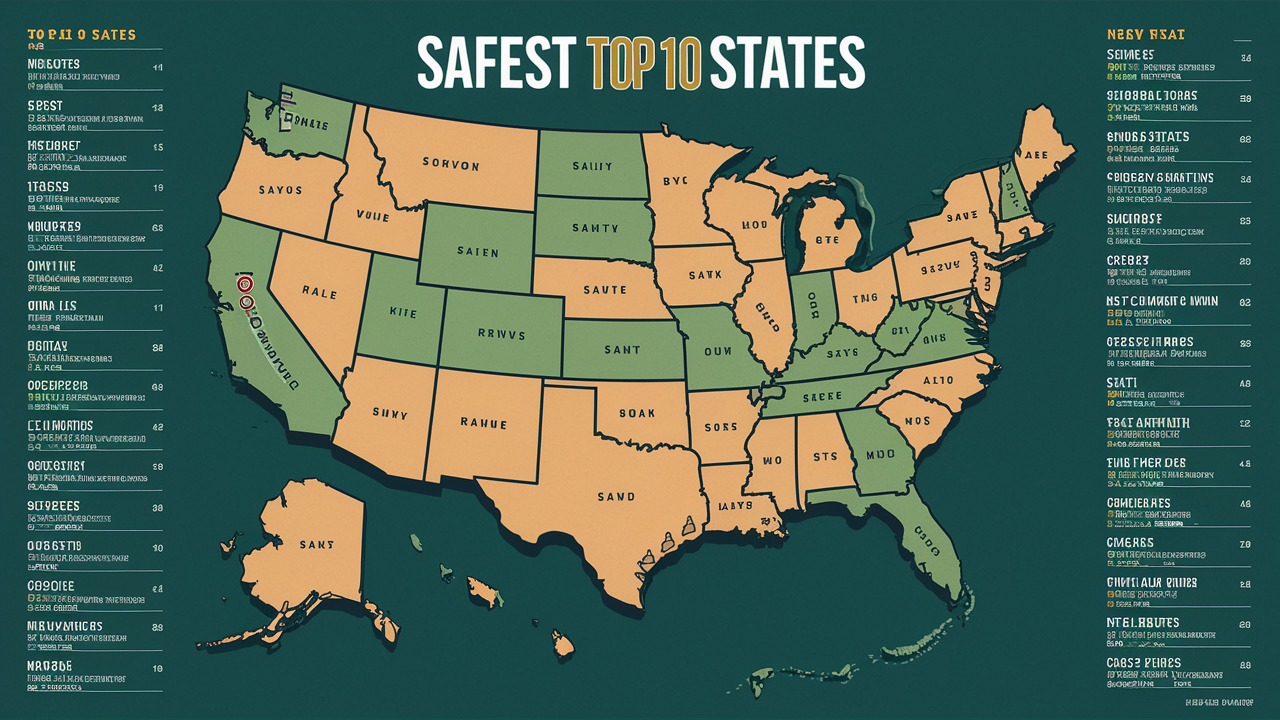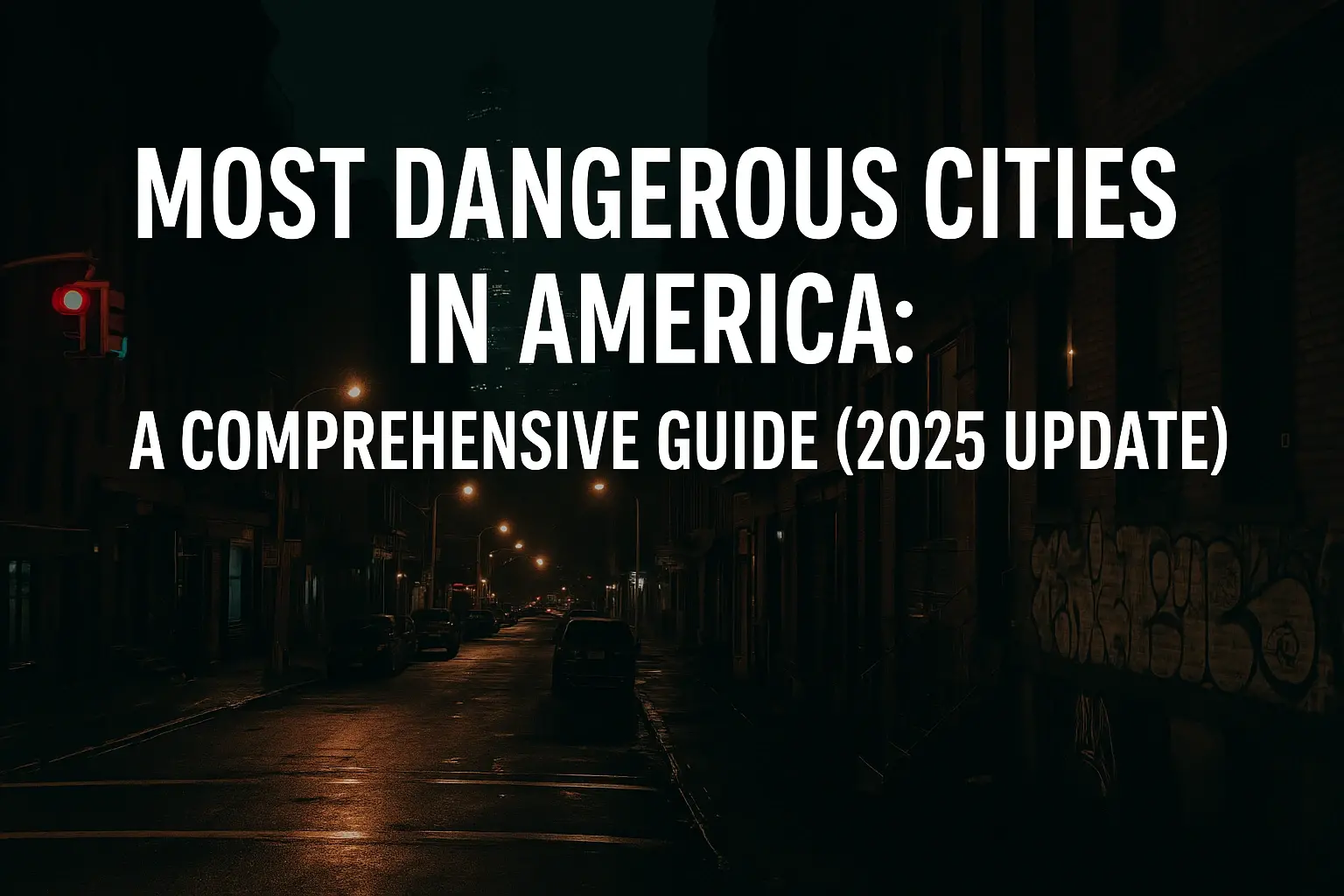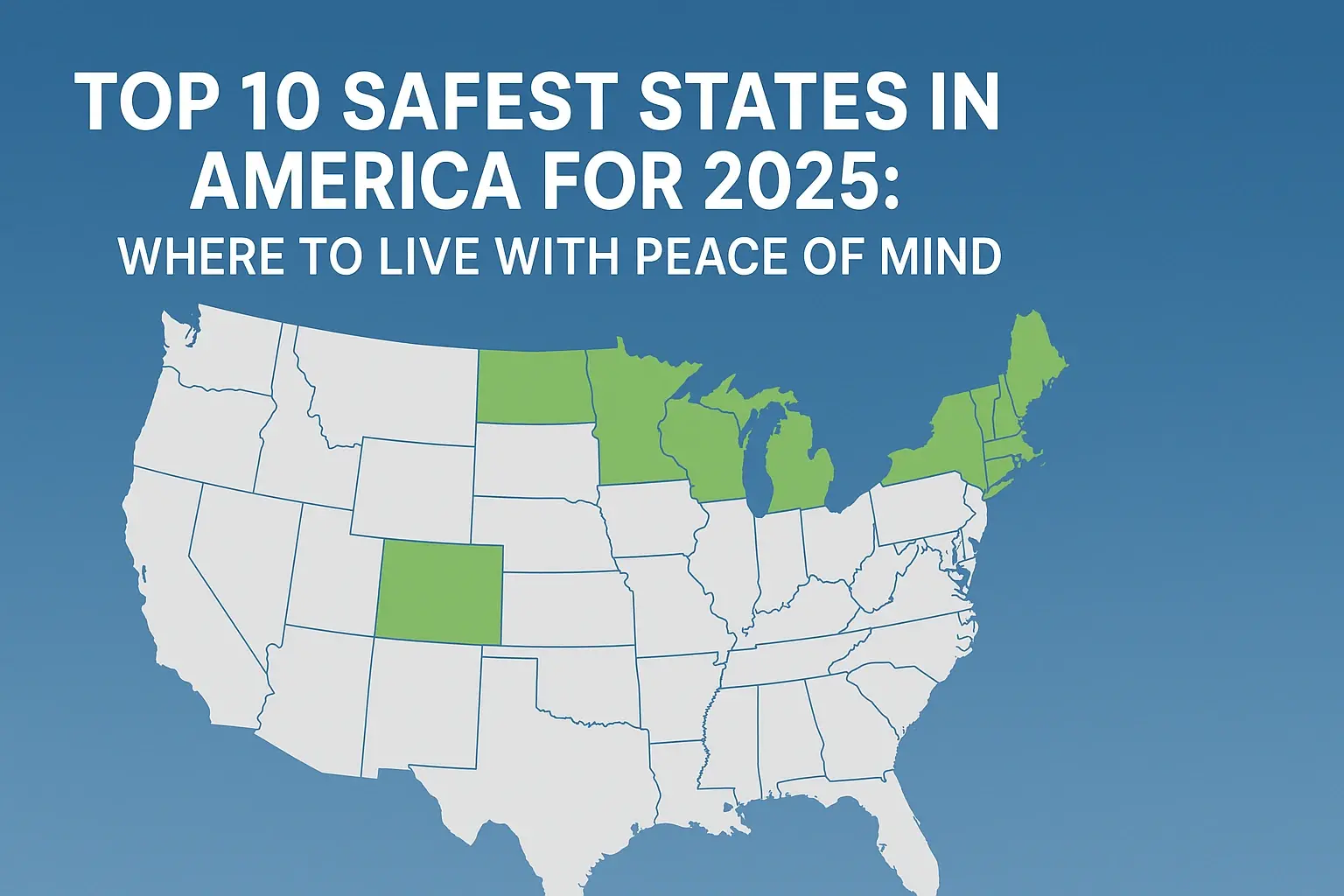The Safest States to Drive In: A Comprehensive Guide
Driving is a daily necessity for millions of Americans, but safety on the road can vary drastically depending on where you are. From urban congestion to rural roads, factors such as infrastructure quality, traffic enforcement, weather, and driver behavior contribute to overall road safety. If you're planning a move or simply looking for a safer driving environment, understanding which states excel in road safety can be both informative and life-saving.
In this comprehensive guide, we explore the safest states to drive in based on a combination of data points including traffic fatalities per capita, DUI rates, seat belt usage, road infrastructure, and more.
What Defines "Safe Driving"?
Before we explore specific states, it's important to define what we mean by "safest states to drive in." Safety can be quantified through:
-
Traffic fatality rates (per 100,000 people)
-
DUI/DWI statistics
-
Seatbelt usage rates
-
Driver behavior (e.g., distracted or aggressive driving)
-
Law enforcement effectiveness
-
Road and bridge quality
-
Emergency medical response time
By analyzing these factors, we can identify which states consistently rank better than others in protecting drivers and passengers.
Top 10 Safest States to Drive In (2025 Edition)
Based on the most recent data from the National Highway Traffic Safety Administration (NHTSA), Insurance Institute for Highway Safety (IIHS), and state traffic bureaus, here are the safest states to drive in as of 2025:
1. Massachusetts
Fatality Rate: 4.8 per 100,000
Seatbelt Usage: 91%
Key Strengths: Strict traffic laws, extensive public transportation options, low DUI rates
Massachusetts continues to top road safety rankings thanks to its comprehensive safety laws and strong enforcement. With one of the lowest traffic death rates in the country, drivers benefit from well-maintained urban roads, aggressive texting-while-driving laws, and excellent emergency response systems.
2. Minnesota
Fatality Rate: 6.2 per 100,000
Seatbelt Usage: 93%
Key Strengths: Driver education programs, proactive road maintenance
Despite harsh winter weather, Minnesota excels in driver safety due to highly trained drivers, regular road maintenance, and community-focused safety campaigns. The state's Department of Public Safety actively promotes sober driving and seatbelt compliance.
3. Vermont
Fatality Rate: 5.1 per 100,000
Seatbelt Usage: 89%
Key Strengths: Low population density, attentive local law enforcement
Vermont’s rural setting means less congestion, contributing to lower accident rates. Combined with vigilant state patrols and high compliance with traffic laws, it remains one of the safest places for drivers.
4. New Jersey
Fatality Rate: 6.5 per 100,000
Seatbelt Usage: 94%
Key Strengths: Urban planning, strict traffic enforcement
New Jersey invests heavily in transportation safety, especially in densely populated areas. The state’s Safe Corridor Program designates certain highways for enhanced enforcement, which has significantly reduced fatalities and injuries.
5. Rhode Island
Fatality Rate: 5.4 per 100,000
Seatbelt Usage: 92%
Key Strengths: Shorter travel distances, proactive state policies
Being a small state with a dense road network, Rhode Island experiences fewer high-speed accidents. Strict DUI laws and aggressive road safety campaigns contribute to a very safe driving environment.
6. Washington
Fatality Rate: 6.9 per 100,000
Seatbelt Usage: 94%
Key Strengths: High tech traffic management, strong DUI enforcement
Washington consistently ranks among the safest states, thanks in part to its progressive transportation policies. It was among the first to implement hands-free driving laws and continues to lead in driver education and enforcement.
7. Oregon
Fatality Rate: 7.0 per 100,000
Seatbelt Usage: 95%
Key Strengths: Sustainability-focused planning, road safety awareness
Oregon benefits from well-thought-out infrastructure that accommodates drivers, cyclists, and pedestrians. High seatbelt usage and a focus on reducing impaired driving keep accident rates low.
8. Hawaii
Fatality Rate: 6.8 per 100,000
Seatbelt Usage: 96%
Key Strengths: Speed control, limited highway infrastructure
Hawaii’s island geography inherently limits high-speed driving, which helps keep fatal crash numbers down. Combined with strict enforcement and community-driven safety initiatives, Hawaii remains a top performer in road safety.
9. New York
Fatality Rate: 5.9 per 100,000
Seatbelt Usage: 92%
Key Strengths: Extensive public transportation, aggressive DUI laws
New York has among the lowest per-capita car ownership in the U.S., particularly in urban areas, reducing the number of vehicles on the road. Add to that a heavily enforced seatbelt law and strict distracted driving penalties, and the result is a safer driving experience overall.
10. Connecticut
Fatality Rate: 6.7 per 100,000
Seatbelt Usage: 93%
Key Strengths: Driver responsibility laws, well-maintained roads
Connecticut’s relatively low crash rate is supported by strong driver accountability and roadway improvement programs. High insurance coverage rates also lead to better response to accidents and quicker settlements.
Other States Making Progress
While the top 10 are consistent leaders, other states like Colorado, Illinois, and California are improving in certain safety metrics. For example:
-
Colorado has ramped up anti-DUI campaigns and winter driving awareness.
-
Illinois has made strides in reducing distracted driving.
-
California, despite its size and traffic, has improved pedestrian safety and expanded its smart traffic light systems.
Factors That Influence Road Safety by State
1. Weather Conditions
States with harsher winters or frequent storms (e.g., North Dakota, Wyoming) often see higher accident rates due to slippery roads and reduced visibility.
2. Population Density
Rural states often have higher per-capita fatality rates due to long travel distances and limited emergency response options. However, urban congestion can also increase the likelihood of fender-benders and pedestrian accidents.
3. Legislation
States that enact and enforce strict safety laws—like mandatory seatbelt usage, hands-free device laws, and DUI checkpoints—tend to have lower fatality and accident rates.
4. Public Transportation Access
States with good public transportation (e.g., New York, Massachusetts) see fewer drivers on the road, thereby reducing exposure to car accidents.
5. Driver Education
Robust driver training and refresher programs correlate strongly with safer driving behavior.
How You Can Stay Safe No Matter Where You Drive
Even if you’re not in one of the safest states, you can take steps to protect yourself and others:
-
Always wear a seatbelt
-
Avoid distracted driving (no texting, keep hands on the wheel)
-
Never drive under the influence
-
Adapt to weather conditions
-
Stay within speed limits
-
Maintain your vehicle (tires, brakes, lights)
-
Be extra cautious at night or in low-visibility conditions
Conclusion
Driving safety isn’t just about where you live—it’s about how you drive and the infrastructure supporting you. That said, states like Massachusetts, Minnesota, and Vermont have consistently proven that strategic investment in infrastructure, effective legislation, and public education can dramatically improve road safety outcomes.
Whether you're a new driver or a seasoned commuter, being aware of the safest driving environments and adopting smart habits can make every journey more secure. The road ahead may be unpredictable, but with the right precautions, you can travel it with confidence.





